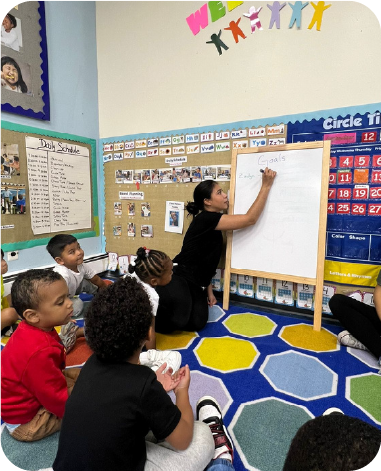Children demonstrate phonological awareness and word recognition by noticing rhymes, filling in missing rhyming words, and generating rhyming words spontaneously. Additionally, they recognize alliteration and show awareness of separate words in sentences. Children progress in alphabet knowledge, identifying and naming letters, particularly those in their own name, and associating letter sounds.
They also understand the use of print, correctly orienting books, turning pages, and recognizing familiar books by their cover. Furthermore, children comprehend and respond to texts by engaging in reading experiences, contributing language from books, asking and answering questions, and retelling stories with adult prompting.
In writing, children develop skills by writing their name, making controlled scribbles, forming mock letters, writing letter strings, and conveying ideas through drawings, dictations, or letter strings.









